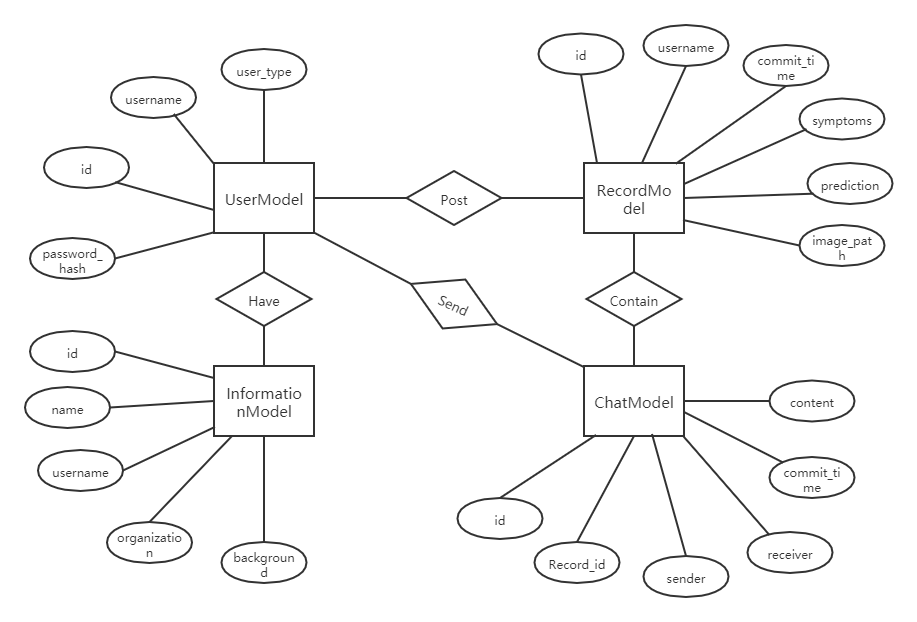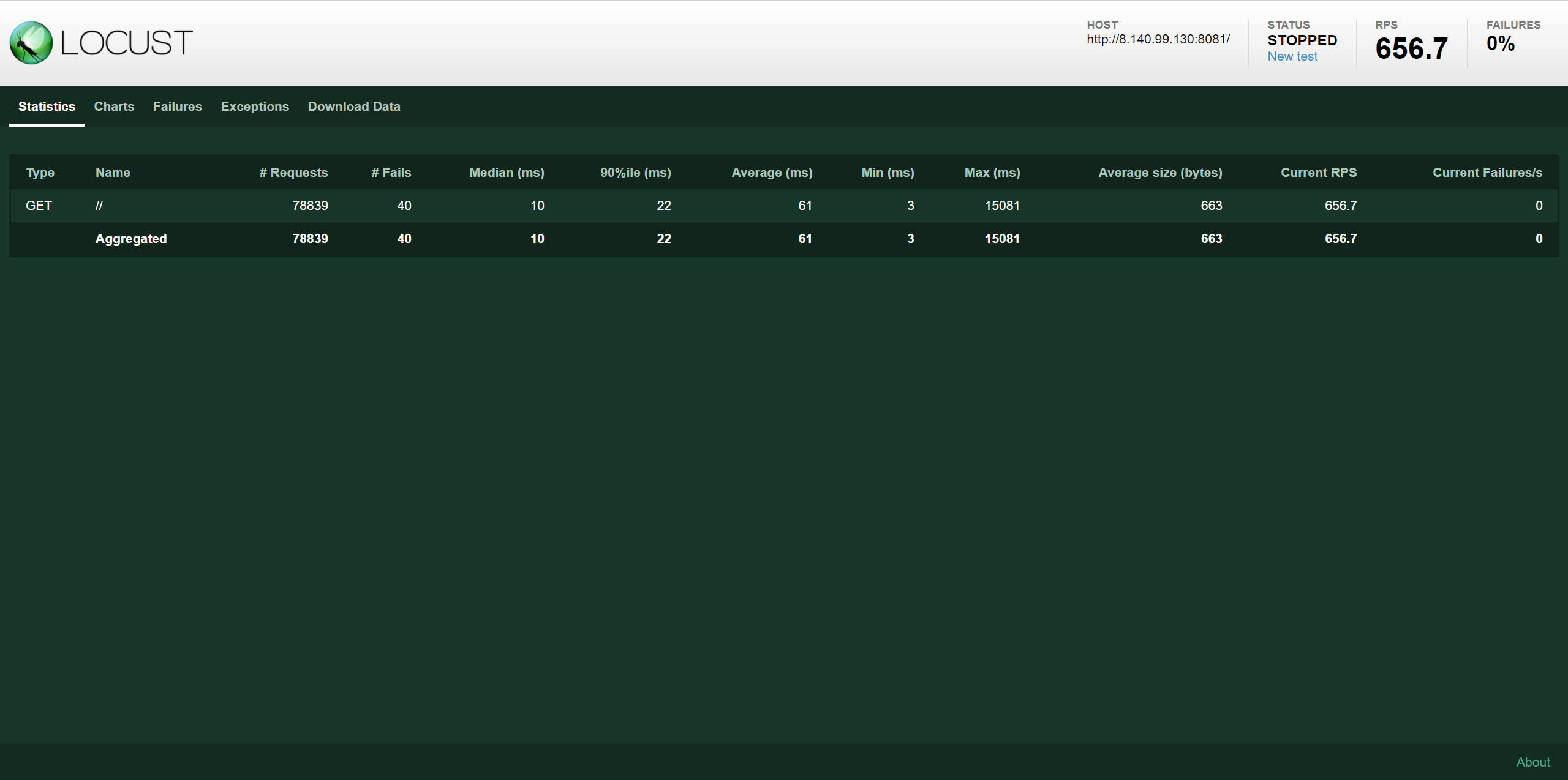Website(expired): http://8.140.99.130:8081/
Team member: David Li, Zongxuan Shi, Hao Zhang, Renhao Zhang
We build a lung health system with functions including registration, login, uploading images to obtain predictions and online consultation.
1.Client:
(1) Install npm
(2) Install Vue/Cli 2
(3) Enter client folder and run npm install to install all dependency
(4) Run npm run dev in client folder to enter developer environment
2.Server:
(1) Install python3 and build a virtual environment
(2) Enter server folder and run pip install -r requirement.txt to install all dependency
(3) Install mysql 8.0 and create a database name lhsdb using utf8mb4 encoding
(4) Run python manage.py db init in server folder to initialize database
(5) Run python manage.py db migrate in server folder to migrate database
(6) Run python manage.py db upgrade in server folder to upgrade database
(7) Run python run.py in server folder to run the system
We use the flask-sqlalchemy package, which uses ORM model to simplify our work to create and manipulate our database. The E-R diagram corresponding to our database is as follows:
We use Token (JWT) to store user information locally, and carry it every time a request is made for identity verification. Compared with cookies, Token does not need to store corresponding information on the server, but is verified according to the agreed decoding method. We store the user's local information in Vuex, and also store it in localStorage to prevent information loss when refreshing the page.
Our system has the function of remembering the user. If the user chooses remember me when logging in, his username and password will be stored in a cookie. Taking into account the information security factors, we used the crypto-js library to encrypt the information in the cookie during storage. In addition, the user password stored on the server database is also hashed to prevent the leakage of user privacy in our database.
There are two types of roles, doctor and user, in our system. Their user interfaces and permissions are different. This requires both front-end and back-end to judge user permission. For the front end, we store the user role type information in Vuex, and the content of the page is dynamically displayed according to different roles. For the backend, we judge the user type of each session based on the user's Token to determine which content in our database the user can access.
Our system uses Websocket to realize the user online consultation function, and uses the vue-socket.io and flask-socketio libraries. When the user enters the Record page, we generate a unique room_id based on the id of the current record and his user name. At this time, the doctor can send a message to the user based on the room_id and carry his own information. The user can reply and find the doctor’s room_id according to the doctor’s information. The two can start a conversation and consult according to the above method.
Chest x-ray dataset contains over 100,000 anonymized chest x-ray images which were collected by NIH(National Institutes of Health). It contains 8 kinds of different lung diseases, namely Atelectasis, Cardiomegaly, Effusion, Infiltrate, Mass, Nodule, Pneumonia and Pneumothorax. We choose 1,000 images as our training dataset.
We choose EasyDL powered by Baidu to train our model. The platform requires json format to label the images and provides TeslaGPU_P4_8G to train the model. NIH website offers BBox_List_2017.csv which contains the location and the name of different diseases.
Run python label.py --dataset=YOUR_DATASET_PATH , then compress the dataset as a zip file, finally upload it to the EasyDL detection part and start training.
We use click tool to help test our API.
Run python baidu.py --help in terminal to get the usage of the function.
(base) E:\pycharm\gcp>python baidu.py --help
Usage: baidu.py [OPTIONS]
Using Baidu EasyDL computer vision API to check what's wrong with your
lung. The detection API contains 8 different kinds of lung disease:
Atelectasis, Cardiomegaly, Effusion, Infiltrate, Mass, Nodule, Pneumonia,
Pneumothorax.
If the image shows a healthy lung, then a 'None' will return. If certain
diseases have been found, then a dictionary which includes the location,
name and confidence of the diseases will return
Options:
--image TEXT Input your image path
--help Show this message and exit.
Then run python baidu.py --image=YOUR_IMAGE_PATH to get the result of prediction.
(base) E:\pycharm\gcp>python baidu.py --image=004.png
{'location': {'height': 415, 'left': 348, 'top': 402, 'width': 548}, 'name': 'Cardiomegaly', 'score': 0.8231307864189148}





